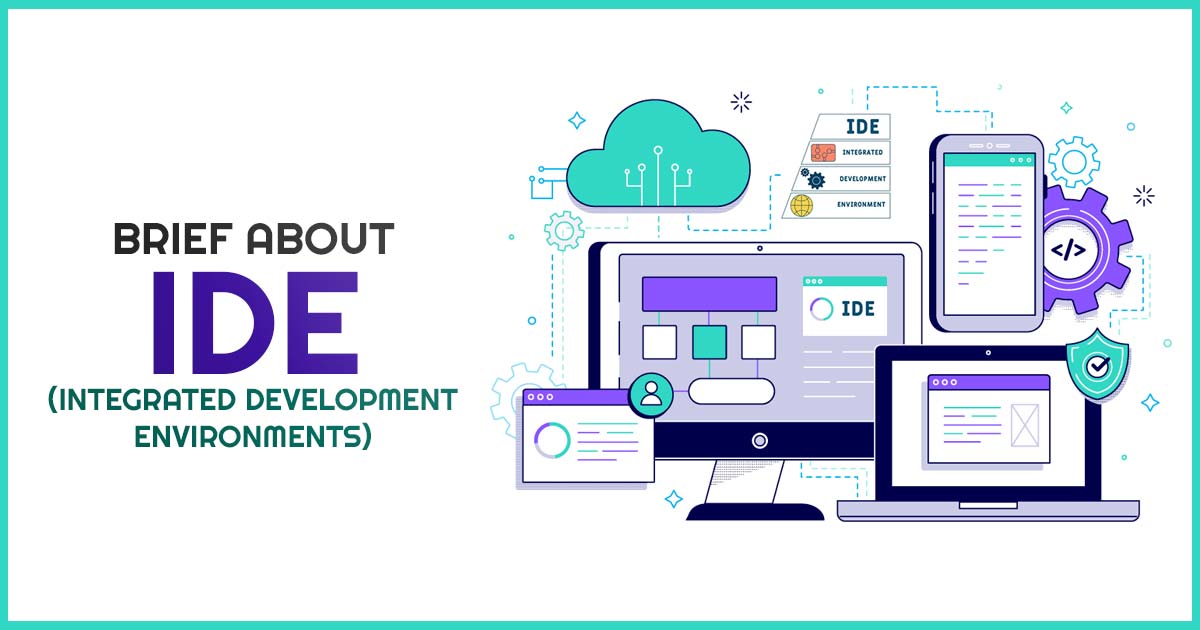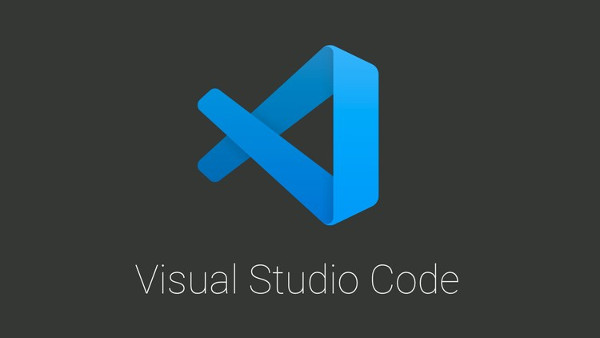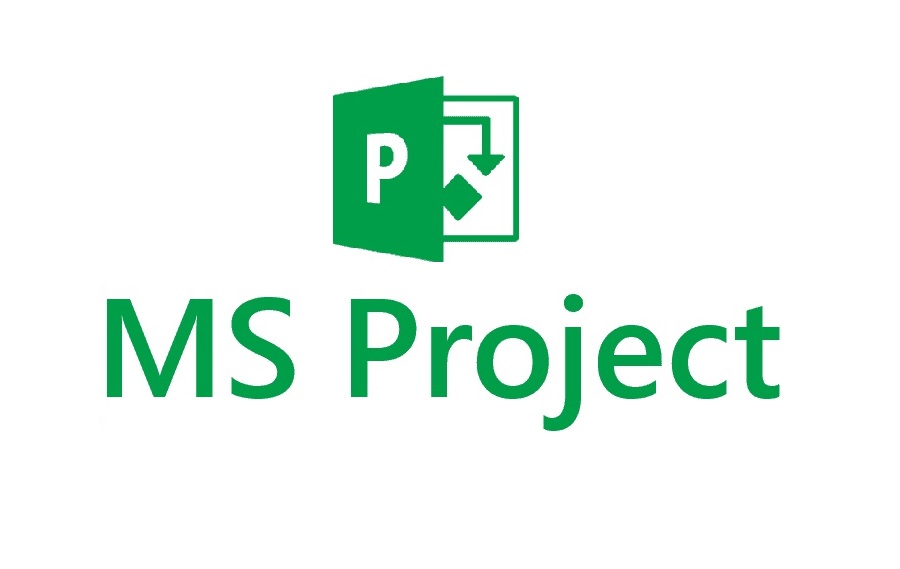development environments (IDEs): Your key to efficient software development
Published

The importance of development environments: Efficient code creation and management
Development environments, also known as Integrated Development Environments (IDEs), play a crucial role in the world of software development. They are more than just text editors for writing code. IDEs offer a comprehensive working environment that provides developers with tools and resources to create and manage efficient, high-quality code. In a development environment, developers can not only write code, but also debug, perform version control, run automated tests and organize projects. They offer syntax highlighting, auto-completion, code suggestions and many other features that increase productivity and minimize errors. One of the most important functions of IDEs is the integration of build and deploy processes. Developers can create projects and deploy applications directly from the IDE. This significantly speeds up the development cycle and facilitates team collaboration. Choosing the right development environment is crucial as it has a significant impact on the efficiency and quality of development. Developers should consider the requirements of their project and their personal preferences to choose the IDE that suits them best. In today's software development world, development environments have become indispensable and help to make the development process smoother and more productive. They are the tool developers need to create innovative software solutions and successfully launch them into the digital world.
Popular development environments at a glance: Which one suits you?
Choosing the right development environment (IDE) is crucial as it has a significant impact on productivity and the development process. There are many popular IDEs on the market, each with their own strengths and areas of focus. Here is an overview of some of the most popular IDEs and what types of development projects they might be particularly well suited for:
- Visual Studio: A comprehensive IDE from Microsoft that is particularly popular for the development of Windows applications, web applications and mobile apps. It offers a wide range of functions and tools for developers.
- IntelliJ IDEA: An IDE that specializes in Java development and is very popular with Java developers. It also offers support for other programming languages such as Kotlin, Groovy and Scala.
- Visual Studio Code: A lightweight yet powerful IDE from Microsoft that is designed for cross-platform development and support for different languages and frameworks. It also offers a wide range of extensions.
- Eclipse: An open source IDE that extends to Java development, but also to other programming languages. Eclipse is known for its versatility and extensibility through plugins.
- PyCharm: An IDE that specializes in Python development and is widely used by Python developers. It offers functions such as code analysis, debugging and support for various Python frameworks.
Choosing the best IDE depends on many factors, including your preferred programming language, the nature of your project and your individual way of working. It is advisable to try out different IDEs to find out which one best suits you and your development needs. In today's diverse development landscape, there is an IDE to suit almost every developer.
Tips for choosing the best IDE for your development project
Choosing the best development environment (IDE) for your development project is a crucial step on the road to successful software development. Here are some tips to help you choose the right IDE for your requirements:
- Understand your requirements: Before you decide on an IDE, you should clearly define your development requirements. Which programming language do you use? Are you working on a web project, a mobile app or a desktop application? Which functions are essential for your project?
- Check the support for your language and platform: Make sure that the selected IDE fully supports the programming language and platform you are using. Seamless integration makes work much easier.
- Test different IDEs: It is advisable to try out different IDEs to find out which one best suits your way of working. Many IDEs offer free trial versions that you can try out.
- Consider the expandability: Check whether the IDE supports extensions or plugins. These can significantly extend the functionality and adapt it to your specific requirements.
- Consider the community and support: An active and engaged user community as well as extensive documentation and online resources are an advantage if you encounter problems or need help.
- Think of your fellow developers: If you are working in a team, you should make sure that the selected IDE works well with the tools and IDEs of your teammates to ensure smooth collaboration.
- Evaluate the costs: Consider the budget of your project. Some IDEs are fee-based, while others offer open source or free versions. Make sure that the IDE fits into your budget.
Choosing the best IDE requires careful consideration and research, but the right decision can increase your productivity and promote the success of your project. Remember that the IDE is a tool designed to help you achieve your development goals. So choose wisely to get the most out of your development work.
Customization and extensions: How to personalize your IDE
One of the remarkable features of development environments (IDEs) is their customizability and extensibility. Most IDEs offer a wealth of options to customize your working environment according to your individual needs and preferences. Here are some tips on how you can personalize and extend your IDE:
- Themes and color schemes: Customize the appearance of your IDE by choosing themes and color schemes that you are comfortable with. This can not only improve the aesthetics, but also increase the readability of the code.
- Extensions and plugins: Use extensions and plugins to extend the functionality of your IDE. Many IDEs have extensive marketplaces where you can find useful extensions, be it for better support of your programming language, Git integration or additional development tools.
- Keyboard shortcuts and shortcuts: Customize keyboard shortcuts and shortcut keys to speed up frequently used actions. Efficient keyboard operation can significantly increase your productivity.
- Code templates and snippets: Create custom code templates and snippets to quickly insert frequently recurring code. This saves time and minimizes errors.
- Integration of development tools: Integrate your favorite development tools and services, be it a version control system like Git, a bug tracking tool or automated build and test services. Seamless integration can improve the efficiency of your workflows.
Personalizing your IDE can significantly optimize your work process and help you develop faster and more efficiently. It is important to explore the available customization options and configure them to perfectly fit your working style. A well-customized and enhanced IDE is a powerful tool that facilitates and improves your development work.
Future trends in the world of development environments: What can we expect?
The world of development environments (IDEs) is in a constant state of flux as new technologies and trends influence the way software is developed. Here are some of the exciting future trends that could shape development environments in the coming years:
- Cloud-based IDEs: The use of cloud technologies is becoming increasingly popular, and this could also have an impact on development environments. Cloud-based IDEs allow developers to access their projects from anywhere and collaborate in real time.
- Artificial intelligence (AI): AI is expected to play a greater role in supporting developers. From code suggestions and automated debugging to improving the user experience, AI-driven features in IDEs could become increasingly important.
- Cross-platform development: With the increasing fragmentation of platforms, development environments that support cross-platform development are becoming increasingly important. This enables developers to create applications for different operating systems and devices with a single IDE.
- Advanced debugging tools: Troubleshooting and debugging are crucial phases in software development. Future IDEs could have advanced debugging tools to help developers identify and fix problems faster.
- Improved collaboration: Collaboration between developers will continue to gain in importance. In future, IDEs could be integrated even better into collaboration and communication tools to facilitate teamwork.
These trends point to an exciting future for development environments that will help increase developer efficiency and productivity. When choosing your IDE, you may want to consider how well equipped it is for future development needs as technology and software development requirements continue to advance.








